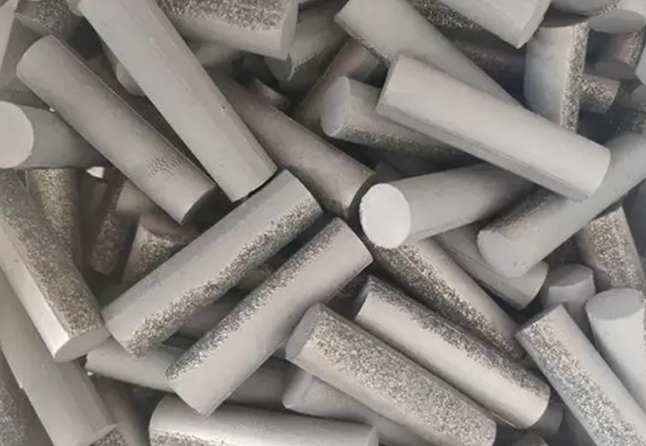What is a Cermet?
Cermets, a portmanteau of ceramics and metals, represent a fascinating class of composite materials that combine the unique properties of both ceramics and metals. This innovative material has gained prominence in various industries due to its exceptional characteristics, offering a balance between the hardness of ceramics and the ductility of metals.

The origin of cermets can be traced back to the mid-20th century when scientists and engineers sought to harness the advantages of both ceramics and metals in a single material. Ceramics are known for their hardness, high melting points, and resistance to corrosion, while metals possess excellent ductility and electrical conductivity. The challenge lay in creating a material that could integrate these seemingly contradictory properties.
The answer to the question "What is a cermet?" lies in the meticulous blending of ceramic and metal powders, followed by a sintering process. During sintering, the powders are heated to high temperatures, causing them to bond at a molecular level. This results in a composite material with a microstructure that combines the fine grains of ceramics with the metallic matrix. The synergy between these components imparts cermets with remarkable mechanical, thermal, and electrical properties.
The significance of cermets extends across various industries, including aerospace, automotive, and electronics. In the aerospace sector, cermets find applications in cutting-edge propulsion systems and thermal protection components. The automotive industry benefits from cermets in the production of durable cutting tools and wear-resistant components, contributing to enhanced efficiency and longevity. In the realm of electronics, cermets play a crucial role in the development of advanced circuitry and components due to their electrical conductivity and resistance to wear.
The impact of cermets on material science and engineering is profound, unlocking new possibilities for designing materials with tailored properties. As researchers delve deeper into the realm of nanotechnology, the potential for further enhancing cermet properties becomes evident. The tunability of these composites at the nanoscale opens avenues for customizing their behavior to meet specific application requirements.
In conclusion, a cermet is more than just a combination of ceramics and metals – it is a testament to human ingenuity in manipulating materials at the microscopic level. The quest for a material that seamlessly integrates the best of both ceramic and metal worlds has led to the creation of cermets, offering a versatile solution with wide-ranging applications. As advancements in material science continue, cermets stand as a shining example of how innovation can bridge the gap between seemingly disparate domains, paving the way for a future where materials are tailored to meet the evolving demands of technology and industry.




Comments
Please Join Us to post.
0